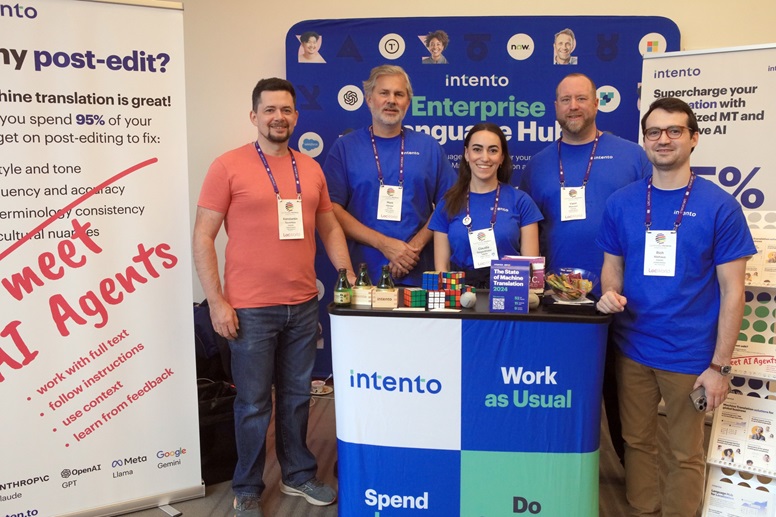Annual Career Fair Opens Doors for Translation, Interpretation, and Localization Students
| by Caitlin Fillmore
Attendees discuss current job openings and internship opportunities with employers like Stanford Health Care, TransPerfect, Honda, and the U.S. State Department, making connections with alumni working there now.





